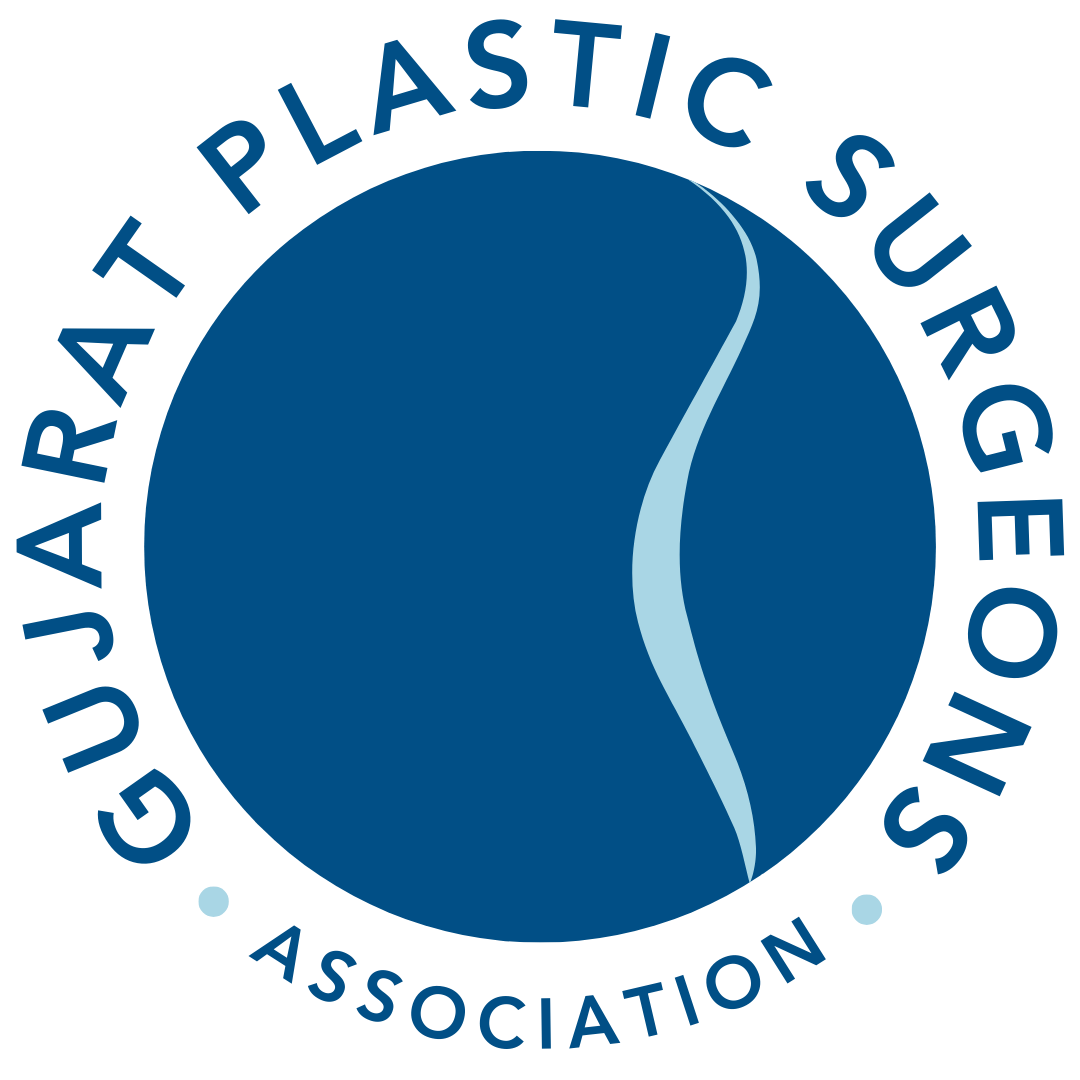

COSMETIC SURGERY
Rhinoplasty
About The Treatment
Rhinoplasty, commonly known as a nose job, is a surgical procedure aimed at reshaping the nose for cosmetic or functional reasons. It can enhance facial harmony, improve the nose's appearance, or correct breathing issues related to structural abnormalities.
Indications for Rhinoplasty
Cosmetic Reasons:
Desire to change the size or shape of the nose.
Correction of a hump or bump on the nasal bridge.
Alteration of the tip shape (e.g., drooping or bulbous tip).
Improvement of nasal symmetry.
Reshaping of nostrils (e.g., flared or wide nostrils).
Functional Reasons:
Correction of structural issues affecting breathing, such as a deviated septum.
Repair of nasal injuries or congenital defects.
Treatment of chronic sinus issues.
Types of Rhinoplasty
Open Rhinoplasty:
An incision is made across the columella (the tissue separating the nostrils), allowing for better visibility and access to nasal structures.
Often used for more complex procedures or significant reshaping.
Closed Rhinoplasty:
All incisions are made inside the nostrils, resulting in no visible scars.
Suitable for less extensive changes and has a shorter recovery time.
Revision Rhinoplasty:
Performed on individuals seeking to correct or improve results from a previous rhinoplasty.
May be more complex due to altered nasal structures from prior surgery.
Procedure Steps
Consultation:
Goals, expectations, and medical history is discussed with the surgeon.
Physical examination and evaluation of the nose structure.
Use of imaging or 3D modeling to visualize potential outcomes.
Anesthesia:
General anesthesia or sedation is typically used, ensuring comfort during the procedure.
Incision and Reshaping:
Incisions are made based on the chosen technique (open or closed).
Bone and cartilage are reshaped, removed, or added to achieve desired changes.
Closing the Incisions:
Incisions are closed with sutures, and nasal packing or splints may be used to support the nose during healing.
Recovery and Aftercare
Initial Recovery:
Swelling, bruising, and discomfort are common in the first few days.
Pain medication may be prescribed for discomfort.
Postoperative Care:
Avoid strenuous activities and nose blowing for several weeks.
Follow-up visits are essential to monitor healing and remove any packing or splints.
Long-Term Care:
Final results can take several months to become fully apparent as swelling subsides.
Scarring is minimal, especially with closed rhinoplasty techniques.
Benefits
Enhanced Appearance:
Improved facial harmony and balance.
Improved Function:
Better breathing and nasal function when addressing structural issues.
Increased Self-Confidence:
Enhanced body image and self-esteem.
Risks and Complications
Scarring:
Possible scarring at the incision sites, although minimal with closed techniques.
Infection:
Risk of infection at the surgical site.
Changes in Sensation:
Temporary or permanent changes in nasal sensation.
Breathing Issues:
Potential for new or worsening breathing difficulties.
Unsatisfactory Results:
Need for revision surgery if outcomes do not meet expectations.
Candidate Suitability
Ideal Candidates:
Individuals seeking aesthetic improvement or functional correction.
Patients in good overall health with realistic expectations.
Non-smokers or those willing to quit smoking before and after surgery.
Not Suitable For:
Individuals with certain medical conditions that impair healing.
Those with unrealistic expectations or seeking a minor change in nasal appearance.
Conclusion |
Rhinoplasty is a versatile procedure that can significantly enhance both the appearance and function of the nose. A thorough consultation with a qualified plastic surgeon is essential to understand the potential risks, benefits, and expected outcomes, ensuring the best possible results. |